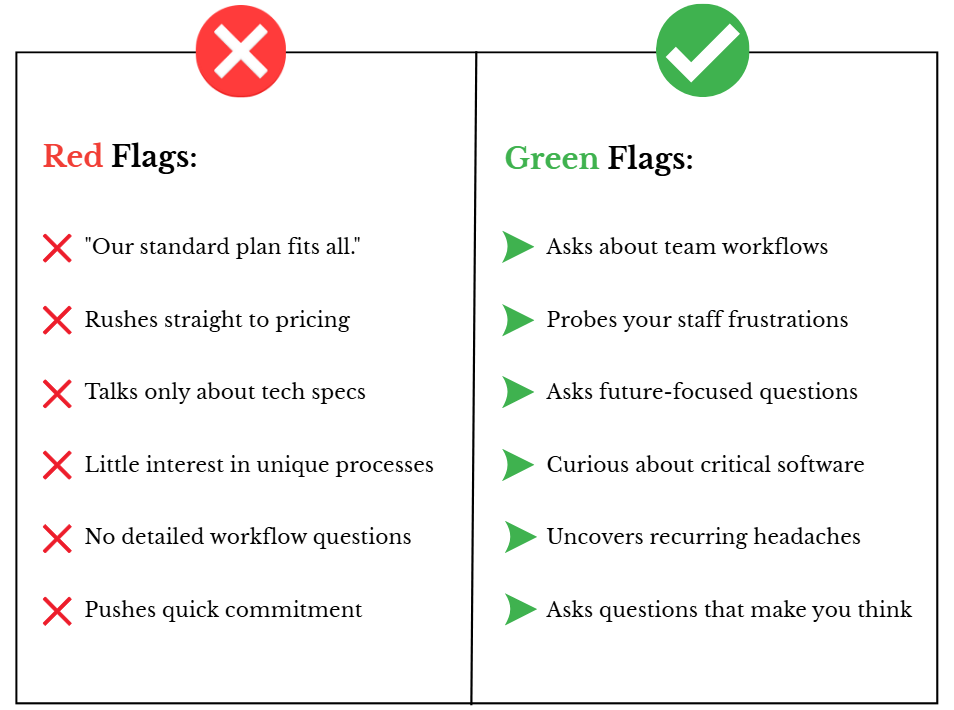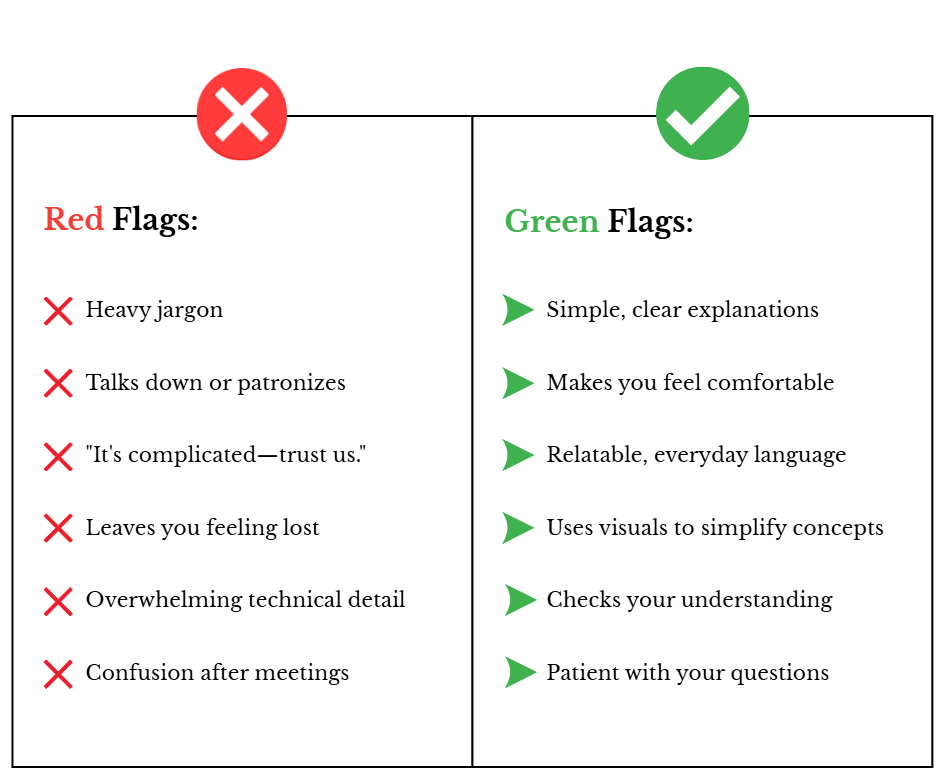It’s easy to lump “IT support” into one big, blurry category. Something breaks, you call the IT guy, and he/she does “something”. Maybe the problem disappears. Maybe it doesn’t. Either way, you pay the invoice and move on.
But really, IT support comes in 2 distinct models, each with its own structure, strengths, and trade-offs. If you don’t know which one you’re using, it’s easy to end up with mismatched expectations.
You’ll think you hired someone to “manage everything,” but what you really got was someone who shows up once a quarter and resets a password.
Here’s the big picture:
- Break-Fix is like calling a plumber when the pipe bursts. You only pay when something goes wrong.
- Managed Services (MSP) is like hiring a property manager. They handle upkeep, monitoring, and emergencies on your behalf.
You don’t need to be a techie to understand these. But you do need to know what you’re signing up for, so you can match the model to your actual needs, not just your budget.
Let’s break the MSP models down, starting with the most common starting point: Break-Fix
This is the most basic form of IT support, and for a while, it seems like the most logical one. Break-Fix is exactly what it sounds like: Something breaks, and you call someone to fix it.
There’s no monitoring, no monthly fee, no proactive maintenance or regular check-ins.
You get a technician who responds when there’s a problem, charges you an hourly rate, and moves on once the issue is resolved.
It’s a lot like calling a plumber when a pipe bursts. You don’t pay to keep them around, you just pay when something goes wrong. For very small businesses — solo operators, small shops, or startups with a shoestring budget — Break-Fix might be perfectly fine. Especially if you only use a couple of computers, don’t store sensitive data, and can afford a bit of downtime here and there.
But once your business starts to grow, this model starts to crack.
Here’s why:
- The technician often has no real context on your setup. They’re walking into the problem cold, without documentation or history.
- They may not be available right away, which means downtime drags on longer than you’d like.
- Because there’s no ongoing relationship, there’s no incentive to help you prevent future issues.
- Every fix is reactive. By the time they arrive, the damage is already done.
And let’s not forget: since there’s no monitoring or behind-the-scenes visibility, issues under the surface (like failed backups or an expired antivirus) go unnoticed until they become real problems.
It’s not a bad model. It’s just a risky one to rely on if tech plays a critical role in your operations.
If you only need help once in a blue moon?
Break-Fix might work just fine.
But if you’ve ever said, “We can’t afford to be down for a day,” it’s probably good to start thinking beyond it.
Managed IT Services Explained
With managed IT you don’t wait for things to go wrong. Instead, you pay a monthly fee for your IT provider to actively manage your systems. That includes monitoring for issues, installing updates, patching security holes, handling backups, and offering day-to-day support when something’s off.
But it’s more than just “outsourced helpdesk.” A good MSP doesn’t just respond to problems, they prevent them. They’ll document your entire environment, move towards standardization, manage procurement, they’ll know your people, your devices, and the systems you rely on. And over time, they should guide your IT strategy, not just service helpdesk tickets.
That said, not all MSPs are created equal.
Some promise the moon but only offer surface-level support. Others bundle in everything except what you actually need, unless you ask. So while the model is proactive by design, its success still depends on choosing the right partner.
If you’re running a business with shared devices, cloud apps, or even mild compliance needs, and you hate surprises then this model is often the most cost-effective in the long run.
You’ll know the Managed IT Service model is right for you when:
- You want predictable costs and fewer tech emergencies.
- You’re past the point of “just calling someone” when things break.
- Downtime equals lost revenue, productivity, or customer trust.
- You want strategic input, not just tech support, from your provider.
- You’re looking for a long-term relationship, not just a quick fix.
- Peace of minding regarding compliance and cyber-insurance requirements
- You need a partner to keep your business aligned with technology
- You want the best systems at the best price with managed warranties
This is what it means to have managed IT services. You can learn a lot about an IT provider (or anyone, really) in the first 10 minutes of a conversation.
And you can do that by paying attention to the questions they ask.
A good IT partner won’t kick things off by talking about their packages, plans, or “fully managed blah blah blah.”
They’ll be genuinely curious about your business.
How your team works.
What tools you rely on.
Where things tend to break down, like that one weird workflow that only Lisa in accounting understands. The stuff that actually matters. Because the truth is, your business isn’t “just like every other business.”
And if an IT provider treats you like a template to drop into their cookie-cutter solution, you’re going to feel it through slower workflows, low-performing systems, and a lot of, “Why is this still a problem?” moments.
Instead, you want someone who acts like a partner. Someone who listens first, then maps out how technology can support your goals, whether that’s growing your team, reducing risk, or just making things less annoying on a Tuesday morning.
That’s the type of approach you want to look for in an IT company.
If someone is proactive in their first conversation with you, it’s very likely they’ll be proactive throughout the entire partnership.
And it’s not hard to spot.
You’ll know you’ve found someone worthwhile if they ask questions like:
- “What’s slowing your team down right now?”
- “What software is mission-critical for you?”
- “Are there any recurring headaches you’ve just learned to live with?”
- “Where do you see the business 12 months from now?”
On the flip side, if their first move is to shove a standard plan in front of you and start talking pricing before they understand your business, that’s a problem.

That’s why you should pay attention to how they speak from the very first meeting. Generally, how they engage with you early on will set the tone for the partnership. Some will talk circles around you to sound impressive. Others will make the complex feel simple without making you feel small.
You’ll know you’ve found a good IT provider when:
- They simplify complicated ideas.
- You never feel talked down to.
- They use relatable examples.
- Visual aids clarify, not confuse.
- You understand exactly what's next.
If that doesn’t happen, move on. And don’t look back, because it’s not worth the trouble.

A good IT provider will make it crystal clear what you’re paying for each month and, just as important, what’s not included.
That means having a one-pager or clear breakdown of services, so there’s no confusion when something needs fixing, upgrading, or replacing.
If a project comes up, you should know in advance whether it’s part of your plan or considered extra.
Same goes for on-site visits, after-hours support, and hardware installs.
Even things like helping Dave from sales recover that file he deleted three weeks ago but suddenly needs right now.
Watch out for terms like “unlimited support” if they come with a long list of footnotes and fine print.
Unlimited rarely means what you think it means, and if the boundaries aren’t clear, the invoices can pile up fast.
A transparent provider won’t dodge these conversations.
They’ll walk you through what’s included, where the line is for extra work, and how they handle anything outside the plan.
That way, there are no awkward surprises later.
The point isn’t to nickel-and-dime every detail. It’s to avoid confusion when something needs doing and you’re not sure if it’s covered.
When expectations are clear on both sides, decisions get easier and trust builds faster.
And a long-term trust-based partnership is probably what you’re looking for.
You’ll know you’ve found a transparent IT provider when…
- Service inclusions are spelled out clearly.
- Extra costs are never a surprise.
- They proactively clarify "unlimited" services.
- Boundaries for projects and after-hours work are clear.
- You're never left guessing about your bill.
If your business can use a second opinion regarding your technology, contact Visionary IT today for a free, no obligation technology review and 1 year IT roadmap.


You must be logged in to post a comment.